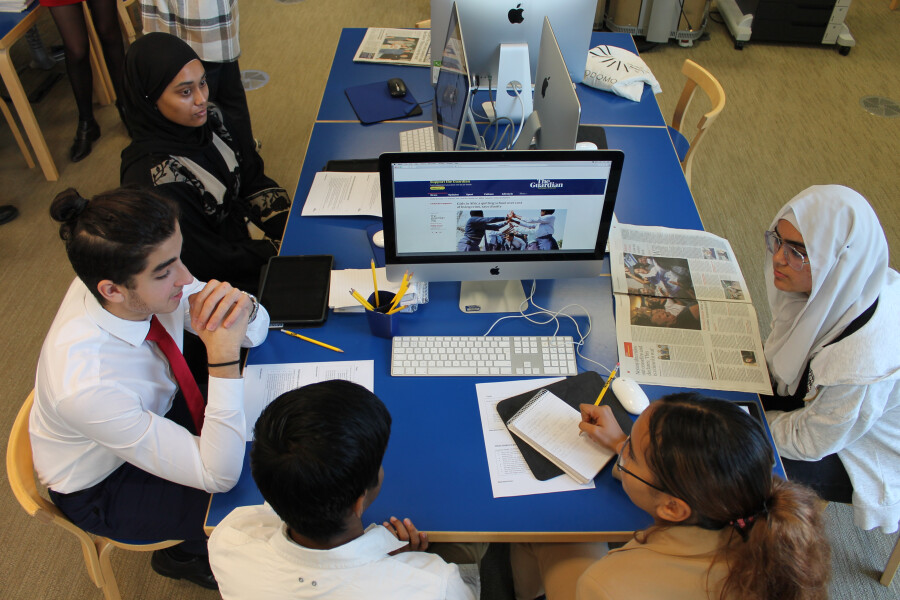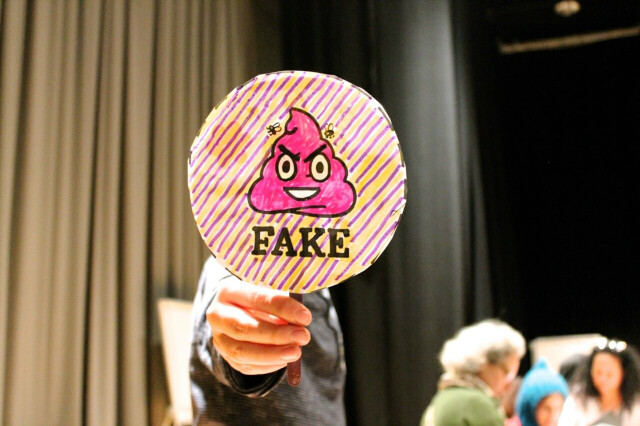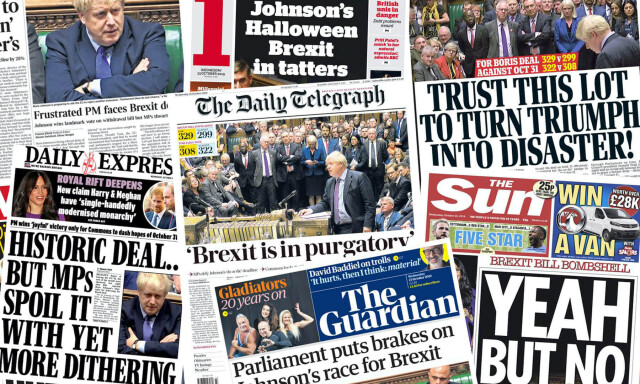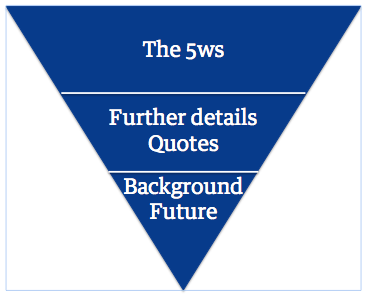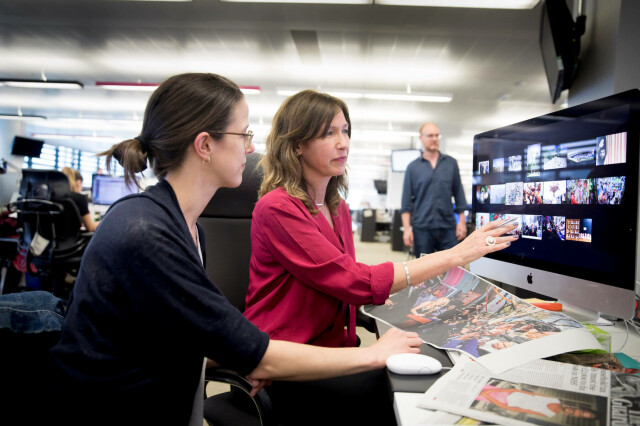Is everything you hear true?
The amount of disinformation being spread, particularly online, can be a big concern for teachers and students. Open up discussions with students about the news sources they use (TV, family and friends, social media, etc) and the comparable trustworthiness of these sources. Do some of theses sources have more bias than others, and do some require further research to verify the stories on?
Talk with students about how they might go about verifying a news story they hear. Websites such as Snopes, Full Fact, and BBC Reality Check can be useful. Our Fake or for real workshop also covers this topic in-depth.
